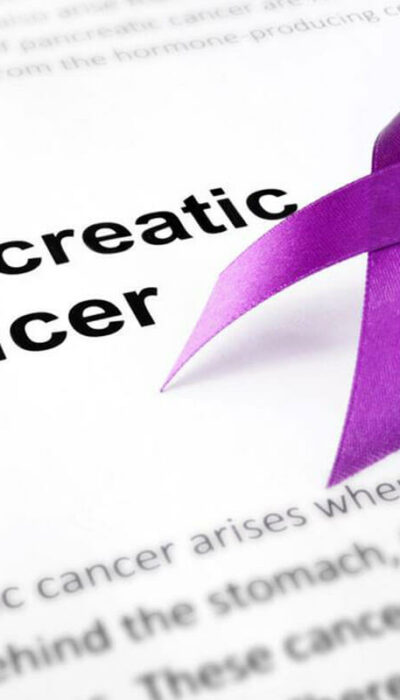
Make These Simple Lifestyle Changes to Drastically Reduce your GERD Symptoms
Did you know that you can manage your GERD symptoms by making some small changes in your everyday life? Here’s what you can do. Most of us have heard about heartburn and acid reflux, which are both common problems that people face quite often. These aren’t life-threatening conditions, but if the symptoms persist and are occurring at least twice a week interfering with your everyday life, it may have progressed to gastroesophageal reflux disease (GERD). This is a chronic disease that affects your digestive system. GERD occurs when the stomach acid (or even contents of your stomach, at times) move back up into your esophagus (food pipe) and irritate the lining. In the United States, approximately 25- 40 percent of all adults suffer from some form of GERD. What are the usual GERD symptoms? You may experience a number of GERD symptoms, and some of these may even be painful as the disorder interferes with the normal functioning of your digestive system. The most common symptom of this health condition is heartburn, although not everyone who has GERD experiences this symptom. Some of the GERD symptoms that you need to look out for include: A sensation of burning in your chest (heartburn). This can sometimes spread to your throat, and leave a sour taste in your mouth. Hoarseness or a sore throat, which occurs when your stomach acid enters the throat. Pain or discomfort in the chest Difficulty in swallowing (dysphagia). You may even find it troublesome to swallow things like ice cream and water. Dry cough that can be persistent. Regurgitation of food that you have eaten or sour liquid (acid reflux) A feeling of a lump in your throat This happens in people with GERD because acid reflux irritates the airways. An unexplained increase of saliva Earaches Bad breath Can you control your GERD symptoms naturally?










